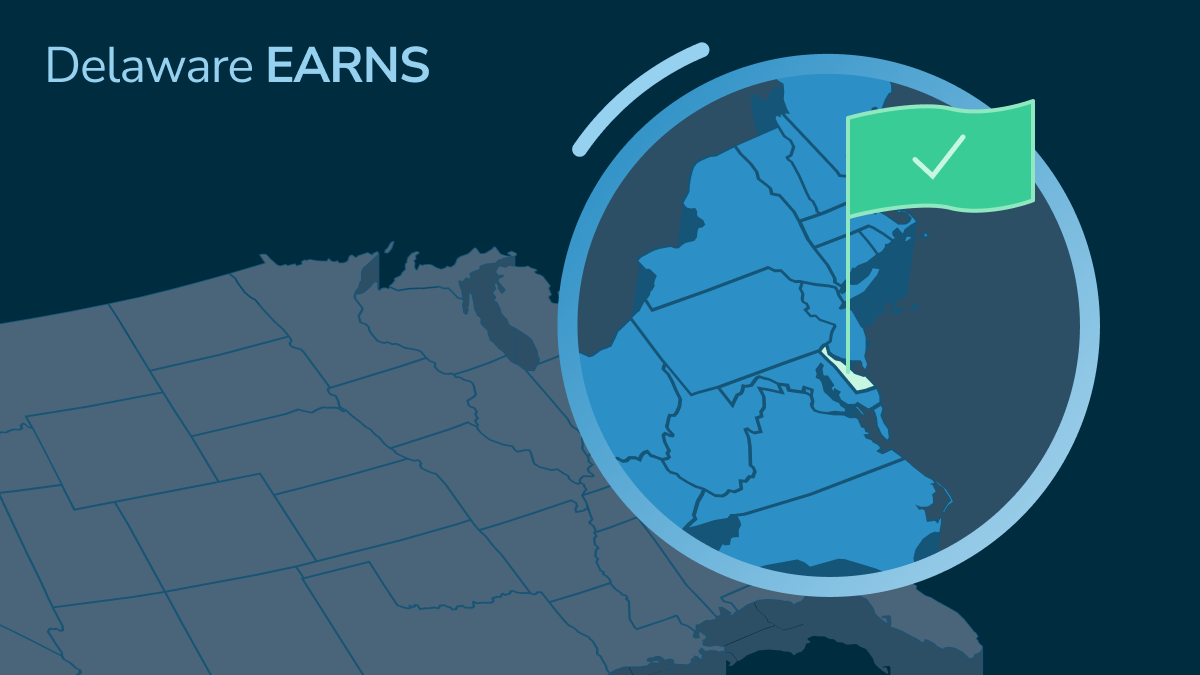SECURE 2.0 for Employers: A Guide to Retirement Plan Eligibility for Part-Time Employees

SECURE 2.0 for Employers: A Guide to Retirement Plan Eligibility for Part-Time Employees
Part-time employees have historically faced barriers to accessing their company’s retirement plan. Prior to recent legislative changes, only 39% of part-time private sector workers had access to a plan, compared to 77% of full-time employees.
However, the introduction of the SECURE Act 2.0 has enabled more part-time employees to save for their futures. Passed by Congress in December 2022, the goal of this bipartisan legislation is to further boost retirement savings nationwide and expand upon the original SECURE Act passed in 2019.
The SECURE Act 2.0 brings forth several changes that impact employers offering a retirement plan, including updates to eligibility for what's known as "long-term, part-time" employees. This article will guide you through these new eligibility changes and highlight what employers need to know.
Eligibility Prior to the SECURE Act 2.0
Before 2020, businesses were allowed to exclude employees from their retirement plan if they worked fewer than 1,000 hours during the plan year. The original SECURE Act from 2019 made strides in this area by requiring employers to include long-term, part-time employees in the company’s retirement plan if they worked at least 500 hours per year for three consecutive years.
Now, with the SECURE Act 2.0, even more Americans will be able to participate in their employer’s retirement plan.
How Have Eligibility Requirements Changed?
The SECURE Act 2.0 has allowed long-term, part-time employees over the age of 21 who work between 500 and 999 hours per year for two consecutive years to be eligible for their employer's retirement plan.
What Is the Timeline for Compliance?
Given the original SECURE Act and the updates made with SECURE 2.0, there are different timelines based on the business’s plan start date.
| Initial Plan Year Start Date | On or Before December 31, 2020 | Between January 1, 2021 and December 31, 2024 | On or After January 1, 2025 |
|---|---|---|---|
| Governing Legislation | ERISA § 202 (29 U.S.C. § 1052) and Code § 410(a) | SECURE Act | SECURE Act 2.0 |
| Employee Eligibility Requirements | To be eligible, the part-time employee must have worked 1,000 hours or more in one year. | To be eligible, the part-time employee has worked between 500 to 999 hours per year for three years or, have met the plan's regular eligibility requirements or criteria. | To be eligible, the part-time employee has worked 500 to 999 hours per year for two years or, have met the plan's regular eligibility requirements or criteria. |
| Hours Must Count Towards Eligibility Starting | As soon as a new employee is hired and begins working. | January 1, 2021 | January 1, 2023 |
Businesses are not required to provide a match or make contributions towards a long-term, part-time employee’s account. However, once an employee has met the eligibility service requirement, they must be allowed to enroll in their employer’s retirement plan no later than:
- For plans on a calendar year: either January 1 or July 1 following when the eligibility requirements were met
- For plans not on a calendar year: either the first day of the plan year or the first day of the seventh month of the plan year following when the eligibility requirements were met
For example, take long-term, part-time employee Tim, who has just met eligibility requirements on March 16 of the current year.
- If his employer has a plan that follows a calendar year—January 1 to December 31—he will be allowed to enroll in the plan on July 1.
- If his employer has a plan that does not follow a calendar year, and for example, the employer’s plan year is April 1 to March 31, he will be allowed to enroll in the plan starting October 1, the first day of the seventh month of the plan year.
After a long-term part-time employee has met the participation requirements, they continue to be eligible for the plan, even if they work less than 500 hours in the following years. For example, if Tim only works 200 hours the year after becoming eligible and enrolling in his company’s retirement plan, he still remains eligible for the plan.
Tracking Eligibility
Employers have the option to manually count and track the service hours of long-term, part-time employees to determine if and when they become eligible. However, for some employers, tracking these employee hours is difficult or even impossible. To simplify this process, SECURE 2.0 has allowed two alternative methods that employers can choose from to determine employees’ eligibility:
1. The Elapsed Time Method: An employee becomes eligible after completing one year of service, and hours worked are not taken into account.
Using the above example, if Tim started working on March 15, he would become eligible one year after his first day of work, on March 15 of the following year.
2. Hours Equivalency Methods: An employee is credited with hours of service based on certain standards, such as crediting a predetermined number of hours for each day, week, or month of service performed, regardless of the actual hours worked.
For example, if Tim's employer credits all part-term employees 20 hours per week, he will always receive 20 hours per week. This stays true regardless of the hours Tim actually worked, whether it was 0 hours or 40 hours.
What Employers Need to Do
Touch Base With Professionals
Check in with your service provider (third party administrator or recordkeeper) and financial advisor, if you have one, to ensure your plan aligns with the new eligibility requirements and that your plan documents are up to date.
Track Employees’ Hours
If you plan to track long-term, part-time employees' service hours manually—instead of using an elapsed time or hours of equivalency method—be sure to start tracking hours as soon as possible, depending on your plan year. This information is vital in determining whether or not certain employees will become eligible for your plan.
Some service providers will track and manage employee hours for you. Vestwell partners with dozens of payroll providers that supply your employees’ hours of service directly to us. We track this service and notify employees directly when they are eligible to enroll in your company’s plan.
Conclusion
The nation’s retirement savings gap presents a crisis for workers—according to the 2022 Survey of Consumer Finances (SCF), almost half of American households have nothing saved for retirement. The SECURE Act 2.0 represents a significant shift towards inclusive retirement planning, expanding accessibility for more employees to save for their future, including long-term, part-time employees.
Transitioning to meet these updated eligibility requirements gives employers a prime opportunity to support these efforts to close the nation's savings gap. By doing so, businesses not only comply with federal regulations but will also invest in the financial well-being of their employees, fostering a more engaged and loyal workforce.








